Redhump eartheater - Geophagus steindachneri
Scientific name: Geophagus steindachneri
Common name: Redhump eartheater
Family: Cichlidae
Usual size in fish tanks: 18 - 20 cm (7.09 - 7.87 inch)
014
Recommended pH range: 6.5 - 7
Recommended water hardness: 5 - 17°N (89.29 - 303.57ppm)
0°C 32°F30°C 86°F
Recommended temperature range: 23 - 27 °C (73.4 - 80.6°F)
The way how these fish reproduce: Spawning
Where the species comes from: South America
Temperament to its own species: peaceful
Temperament toward other fish species: peaceful
Usual place in the tank: Middle levels
Food and Feeding
Redhump Eartheaters (Geophagus steindachneri) are omnivorous and will readily accept a variety of foods in the aquarium. For a balanced diet, provide a staple of high-quality sinking pellets or cichlid flakes. To enhance their health and coloration, supplement with:
- Vegetables: Blanched spinach, shelled peas, zucchini slices.
- Protein sources: Bloodworms, brine shrimp, and chopped earthworms.
- Occasional treats: Small crustaceans, daphnia, and mysis shrimp.
Since they are substrate sifters, offering a mix of sinking foods ensures they get their fair share of nutrition.
Origin
Redhump Eartheaters are native to South America, specifically found in the Rio Magdalena drainage in Colombia. They inhabit slow-moving rivers and lakes with sandy or muddy substrates, where they sift through the bottom in search of food.
Sexing
Males are more colorful than females, displaying intense red markings around the mouth and gill area. As they mature, males develop a noticeable nuchal hump on their forehead, which is absent in females. Females are generally smaller and have a more streamlined body shape.
Breeding
Geophagus steindachneri are maternal mouthbrooders, meaning the female carries and protects the fertilized eggs in her mouth. The breeding process includes:
- The male digs a shallow pit in the substrate to attract a female.
- Once spawning occurs, the female immediately scoops up the eggs into her mouth for incubation.
- The male does not take part in parental care and may attempt to breed with multiple females.
- After 10-14 days, the fry hatch and are released when they are strong enough to swim.
Newly hatched fry should be fed Infusoria, followed by newly hatched brine shrimp or finely crushed flake food.
Lifespan
With proper care, Geophagus steindachneri can live up to 10-12 years in captivity.
Tank Setup and Behavior
Redhump Eartheaters are relatively easy to care for but require a spacious tank due to their active digging behavior. Key setup considerations include:
- Minimum tank size: 50 gallons (189 liters) for a single male with females.
- Substrate: Use fine sand to accommodate their natural sifting behavior.
- Tank decorations: Include driftwood, caves, and smooth rocks, but avoid delicate live plants as they will be uprooted.
- Water conditions: Maintain soft to moderately hard water with a stable temperature of 23-27°C (73.4-80.6°F).
They are peaceful towards tank mates but can become territorial, especially males during breeding. Keep only one male per tank to prevent aggression.
Suitable Tank Mates
Redhump Eartheaters coexist well with other peaceful, similarly sized fish. Suitable companions include:
- Severum Cichlids – Calm, mid-sized South American cichlids.
- Festivum Cichlids – Gentle and non-aggressive tank mates.
- Geophagus Surinamensis – Similar substrate-sifting cichlids.
- Silver Dollars – Active schooling fish that share similar water parameters.
- Bala Sharks – Peaceful and large enough to avoid aggression.
Tank mates to avoid: Avoid aggressive or highly territorial fish, such as:
- Jack Dempsey Cichlids – Can harass peaceful species.
- Oscars – Too large and territorial.
- Convict Cichlids – Will outcompete them for food and space.
Recommended Plants
Since Redhump Eartheaters are known for their digging habits, use floating plants or hardy species that can be anchored to decorations. Suitable options include:
- Anubias Barteri – Can be attached to driftwood.
- Java Fern – Hardy and does not require planting in the substrate.
- Cryptocoryne Wendtii – Can tolerate being uprooted occasionally.
- Hornwort – Floating plant that provides shade.
Short Description
The Redhump Eartheater (Geophagus steindachneri) is a substrate-sifting cichlid from South America known for its peaceful temperament and unique digging behavior. With their striking red markings and prominent nuchal hump, they make a fascinating addition to well-maintained aquariums. Providing them with sandy substrates, hiding places, and a balanced diet will ensure they thrive in captivity.
Pictures
Bought by aqua-fish.net from jjphoto.dk.
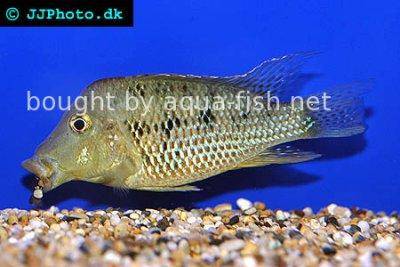


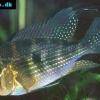 Thread-finned
Thread-finned 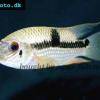 Acara
Acara 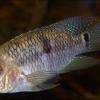 Yellow
Yellow 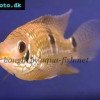 Patrick's
Patrick's 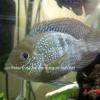 Blue
Blue 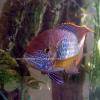 Green
Green 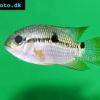 Acara
Acara 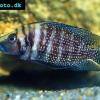 White
White 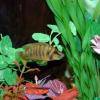 Compressed
Compressed 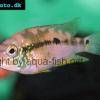 Pastel
Pastel 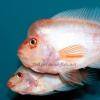 Midas
Midas 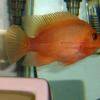 Red
Red 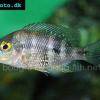 Bluemouth
Bluemouth 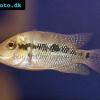 False
False 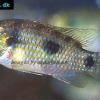 African
African 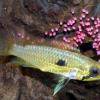 Agassiz's
Agassiz's 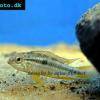 Banded
Banded 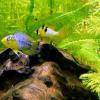 Yellow
Yellow 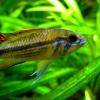 Cockatoo
Cockatoo 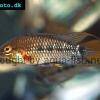 Blue
Blue 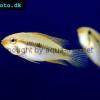 Blackstripe
Blackstripe 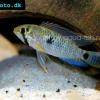 Highfin
Highfin 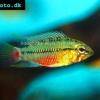 Redstripe
Redstripe 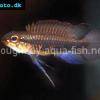 Threadfinned
Threadfinned 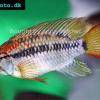 Macmaster’s
Macmaster’s 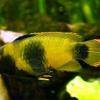 Panda
Panda 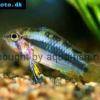 Norbert’s
Norbert’s 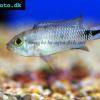 Blue
Blue 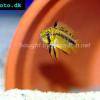 Thin-line
Thin-line 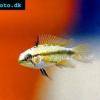 Three-striped
Three-striped 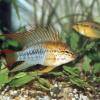 Viejita
Viejita 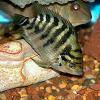 Flier
Flier 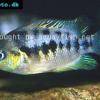 Archocentrus
Archocentrus 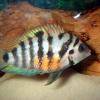 Convict
Convict 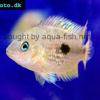 Seven
Seven 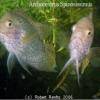 Spiny
Spiny 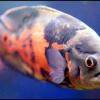 Oscar
Oscar 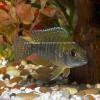 Sunshine
Sunshine 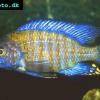 Chitande
Chitande 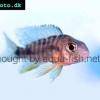 Firebird
Firebird 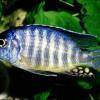 Midnight
Midnight 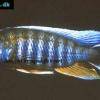 Lake
Lake 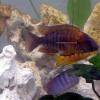 Sunshine
Sunshine 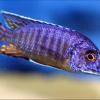 Aulonocara
Aulonocara 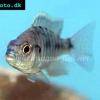 Nyasa
Nyasa 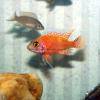 Ruby
Ruby 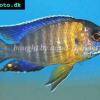 Grants
Grants 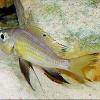 Aulonocranus
Aulonocranus 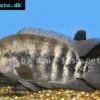 Chameleon
Chameleon 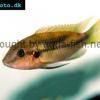 Benitochromis
Benitochromis 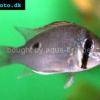 Orinoco
Orinoco 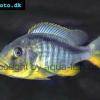 Yellow
Yellow 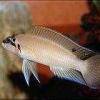 Brichard’s
Brichard’s 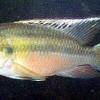 Guenther’s
Guenther’s 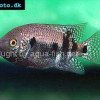 Southern
Southern 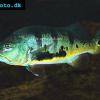 Cichla
Cichla 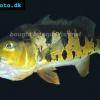 Peacock
Peacock 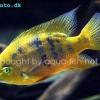 Chiseltooth
Chiseltooth 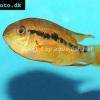 Bolivian
Bolivian 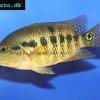 Red
Red 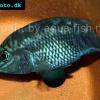 Many-pointed
Many-pointed 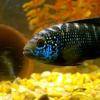 Jack
Jack 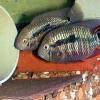 Red
Red 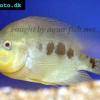 Three
Three 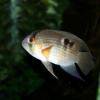 Keyhole
Keyhole 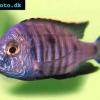 Azureus
Azureus 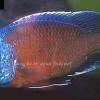 Red
Red 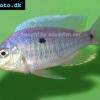 Jackson’s
Jackson’s 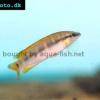 Crenicichla
Crenicichla 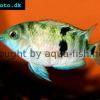 Honduran
Honduran 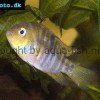 Blue-eye
Blue-eye 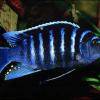 Afra
Afra 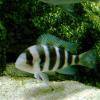 Frontosa
Frontosa 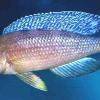 Slender
Slender 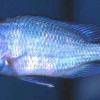 Malawi
Malawi 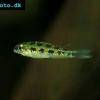 Chequerboard
Chequerboard 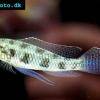 Checkerboard
Checkerboard 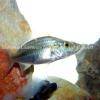 Malawi
Malawi 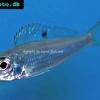 Ectodus
Ectodus 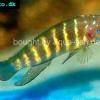 Tanganyika
Tanganyika 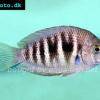 Canara
Canara 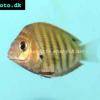 Green
Green 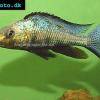 Rostratus
Rostratus 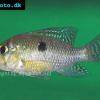 Pearl
Pearl 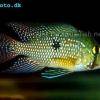 Geophagus
Geophagus 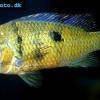 Yellowhump
Yellowhump 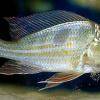 Suriname
Suriname 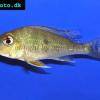 Red
Red 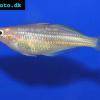 Dority’s
Dority’s 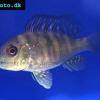 Argentine
Argentine 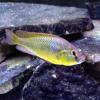 Burton’s
Burton’s 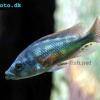 Victoria
Victoria 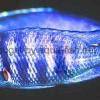 Haplochromis
Haplochromis 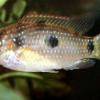 Jewel
Jewel 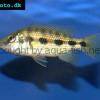 Banded
Banded 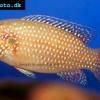 Lifalili
Lifalili 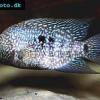 Lowland
Lowland 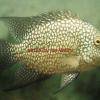 Texas
Texas 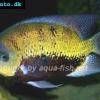 Pantano
Pantano 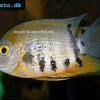 Severum
Severum 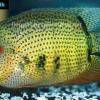 Banded
Banded 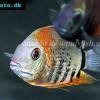 Severum
Severum 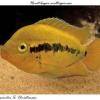 Rainbow
Rainbow 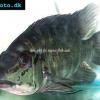 Parrot
Parrot 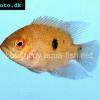 Chocolate
Chocolate 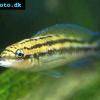 Brown
Brown 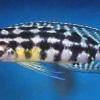 Marlieri
Marlieri 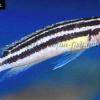 Golden
Golden 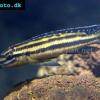 Striped
Striped 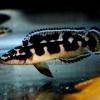 Masked
Masked 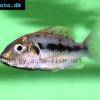 Konye
Konye 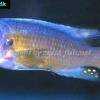 Blue
Blue 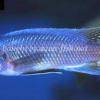 Trewavas
Trewavas 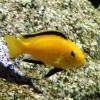 Electric
Electric 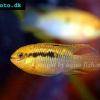 Dwarf
Dwarf 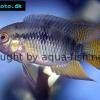 Redbreast
Redbreast 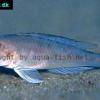 Lamprologus
Lamprologus 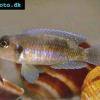 Gold
Gold 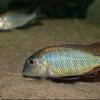 Greenface
Greenface 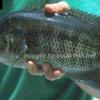 Mayan
Mayan 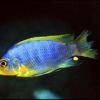 Aurora
Aurora 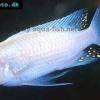 Blue
Blue 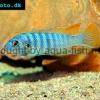 William’s
William’s 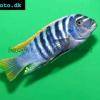 Zebra
Zebra 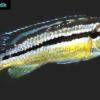 Malawi
Malawi 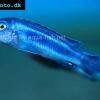 Blue
Blue 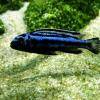 Blue
Blue 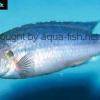 Mbuna
Mbuna 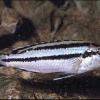 Parallel
Parallel 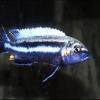 Purple
Purple 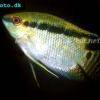 Flag
Flag 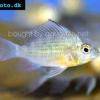 Bolivian
Bolivian 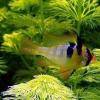 Ram
Ram 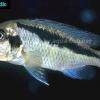 Basket
Basket 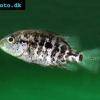 Haitian
Haitian 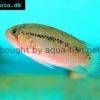 Zebra
Zebra 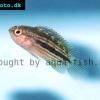 Striped
Striped 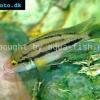 Neolamprologus
Neolamprologus 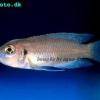 Brevis
Brevis 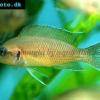 Fairy
Fairy 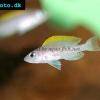 Neolamprologus
Neolamprologus 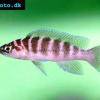 Cylindricus
Cylindricus 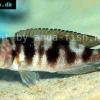 Hecq’s
Hecq’s 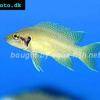 Neolamprologus
Neolamprologus 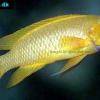 Lemon
Lemon 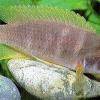 Mustax
Mustax 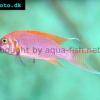 Daffodil
Daffodil 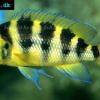 Six-bar
Six-bar 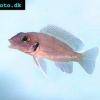 Five-bar
Five-bar 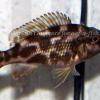 Marbled
Marbled 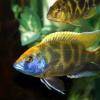 Giraffe
Giraffe 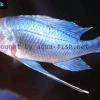 Blue
Blue 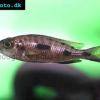 Sulphurhead
Sulphurhead 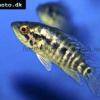 Wolf
Wolf 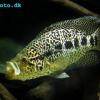 Jaguar
Jaguar 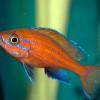 Blue
Blue 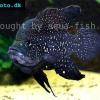 Marakeli
Marakeli 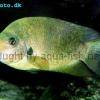 Madagascar
Madagascar 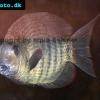 Pinstripe
Pinstripe 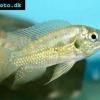 Pelmatochromis
Pelmatochromis 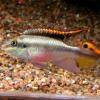 Kribensis
Kribensis 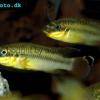 Striped
Striped 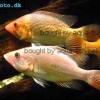 Red
Red 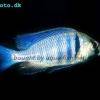 Deepwater
Deepwater 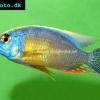 Fenestratus
Fenestratus 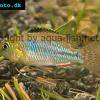 Nichols’
Nichols’ 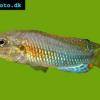 Southern
Southern 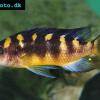 Bumble
Bumble 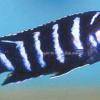 Demason’s
Demason’s 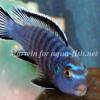 Slender
Slender 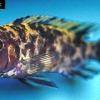 Red
Red 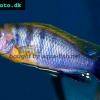 Mbuna
Mbuna 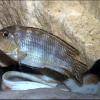 Malawi
Malawi 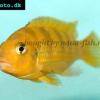 Kenyi
Kenyi 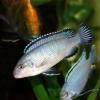 Powder
Powder 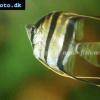 Altum
Altum 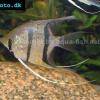 Angelfish
Angelfish 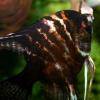 Angelfish
Angelfish 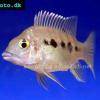 East
East 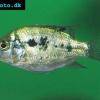 Juba
Juba 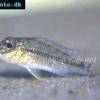 Earth
Earth 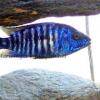 Electric
Electric 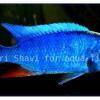 Azure
Azure  Lionhead
Lionhead 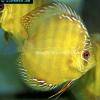 Discus
Discus 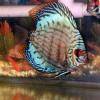 Blue
Blue 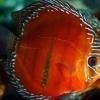 Red
Red 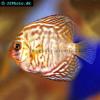 Zebra
Zebra 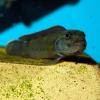 Brichard’s
Brichard’s 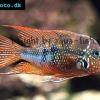 Blue
Blue 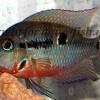 Firemouth
Firemouth 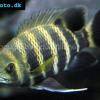 Zebra
Zebra 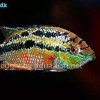 Yellow
Yellow 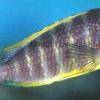 Blue
Blue 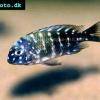 Dwarf
Dwarf  Blunthead
Blunthead 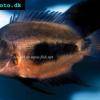 The
The 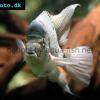 White
White 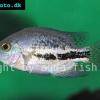 Twoband
Twoband 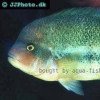 Fenestratus
Fenestratus 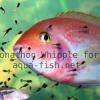 Window
Window 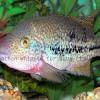 Tailbar
Tailbar 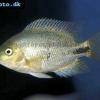 Black
Black 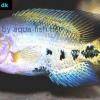 Redhead
Redhead 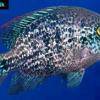 Oaxaca
Oaxaca 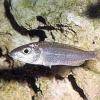 Xenotilapia
Xenotilapia